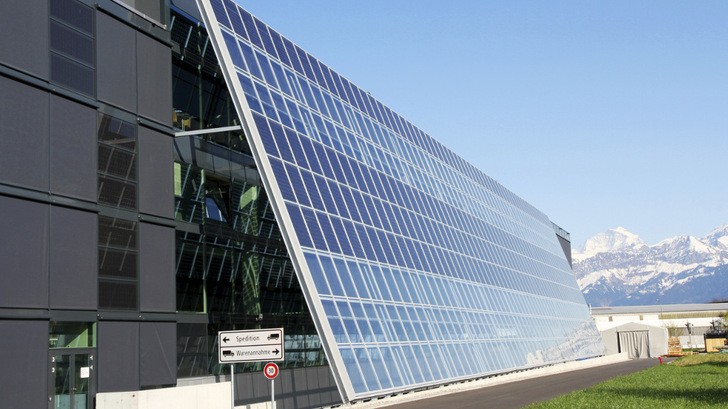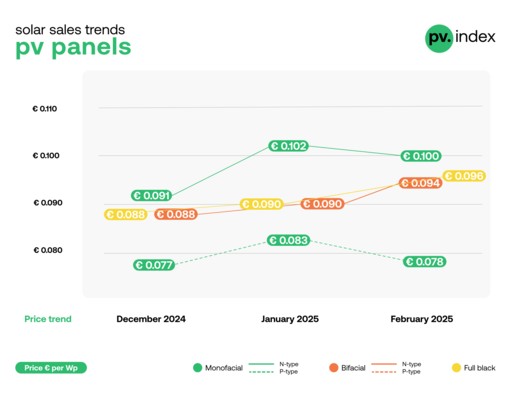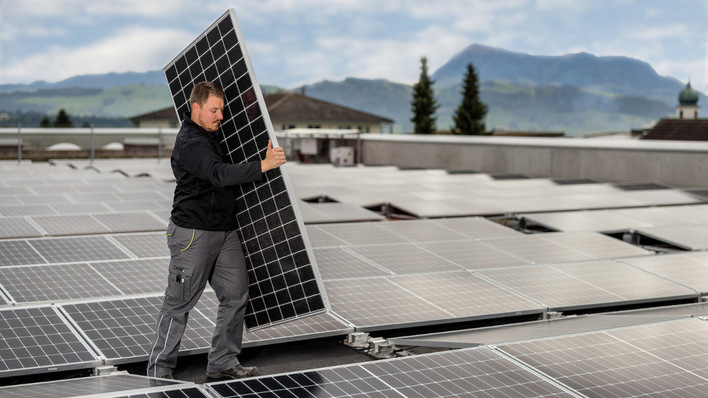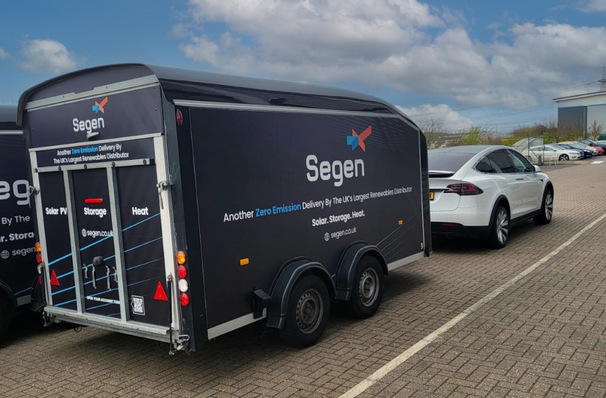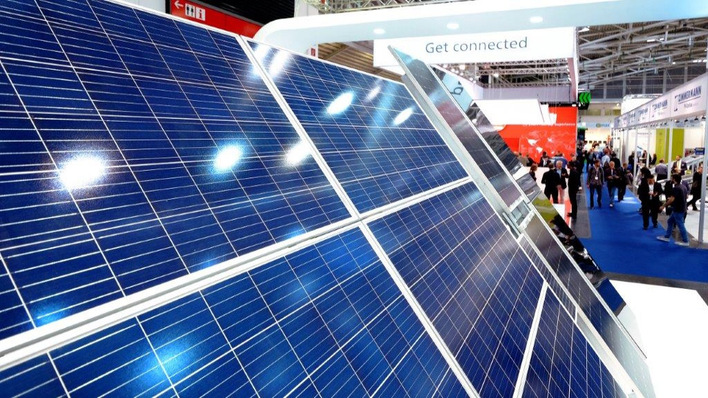"Today, 80 per cent of total energy consumption for industry, transport and building heat is covered by direct combustion of fossil energy and only 20 per cent by electricity," says Gunnar Luderer, author of the new study and researcher at the Potsdam Institute for Climate Impact Research and professor at the Technical University of Berlin. This ratio could be reversed, electric energy could become the mainstay of global energy demand.
See also: 101 gigawatt hours of solar power from noise barriers possible
"For a long time, fossil fuels were cheap and easily accessible, while electricity was the more precious and expensive energy source. However, renewable energies, especially photovoltaics, have now become cheaper at a breath-taking pace," Luderer points out. In the last ten years alone, prices for solar power have fallen by 85 per cent, and costs are expected to continue falling in the future, says Luderer. "This development has the potential to substantially revolutionise energy systems. Our computer simulations show that electricity, combined with global CO2 pricing, can become the cheapest form of energy by 2050, providing up to three-quarters of all demand in the long term."
Cars, heating, steel production - all on electricity
The reasons for this lie primarily in the rapid technological advances in the generation of solar and wind energy, but also in the end uses of electrical energy. The cost per kilowatt hour of solar or wind power is falling steadily, while battery technology in cars, for example, is improving at great speed. Heat pumps use less energy per unit of heat than any type of fossil fuel boiler and are becoming more competitive not only in buildings but also in industrial applications. (nhp/mfo)


